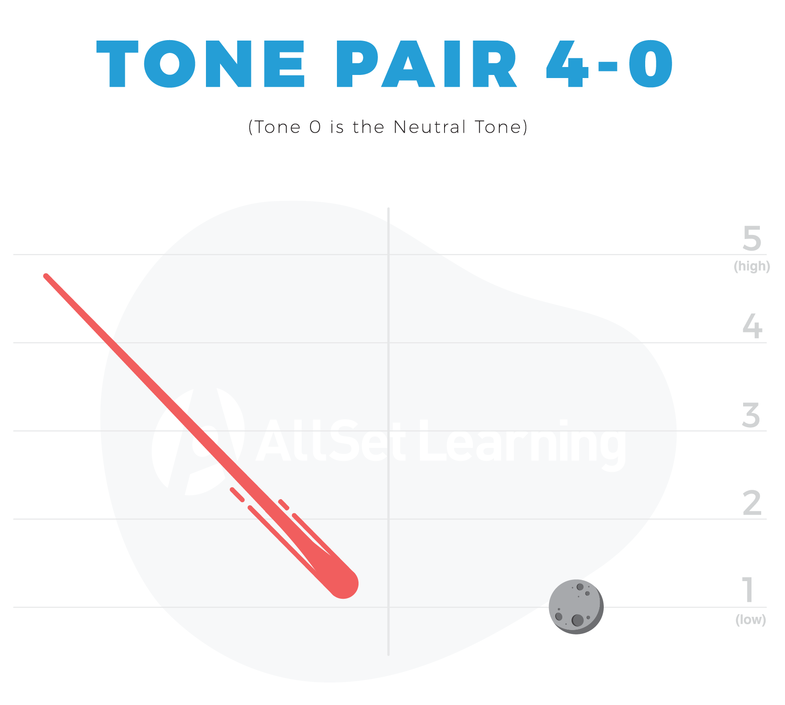Neutral tone
-
Level
- Also known as: fifth tone, zeroth tone and 轻声 (qīngshēng).
The four tones of Mandarin Chinese are widely known, but you occasionally hear about a "fifth tone," also known as the neutral tone. The neutral tone is said to be "light" or "de-emphasized," meaning you don't have to give it the same amount of stress, and it should actually be a bit shorter than the other tones.
The neutral tone is not as "absolute" as the others, because its exact pitch depends on the tone that came before it. (This is why pinyin charts like ours typically do not include the neutral tone: there is no "neutral tone in isolation," and you'd need four different versions of it—one for each of the four tones—to be totally accurate!) While you can memorize the exact pitch of the neutral tone when it follows each of the four main tones, it's not recommended. Just keep it short and de-emphasized, and with a little practice, it'll sound fine.
Contents
Common Examples of the Neutral Tone
Remember, words do not start with the neutral tone. Sentence-final particles like 吗 (ma), 呢 (ne), and (吧), as well as the "de" particles are read in the neutral tone as well.
- 吗 [question particle]
- 的 [particle]
- 吧 [modal particle]
- 呢 [modal particle]
- 朋友 friend
- 孩子 child;children
- 妈妈 mother
- 聪明 clever
- 我们 we
- 什么 what
Neutral Tone Diagrams
To understand how the absolute pitch of the neutral tone varies depending on what tone precedes it, it helps to diagrams of the neutral tone with various preceding tones, side by side. Because the neutral tone is short and light, it is represented by a gray circle in our diagrams.
Sources and further reading
Websites
- Wikipedia: Standard Chinese phonology: Neutral tone
- List of Mandarin Chinese words that use the neutral tone
- Chinese Linguist Jinxiao Song: Neutral Tone In Real Speech
Podcasts
- ChinesePod: [The Neutral Tone]
Videos





